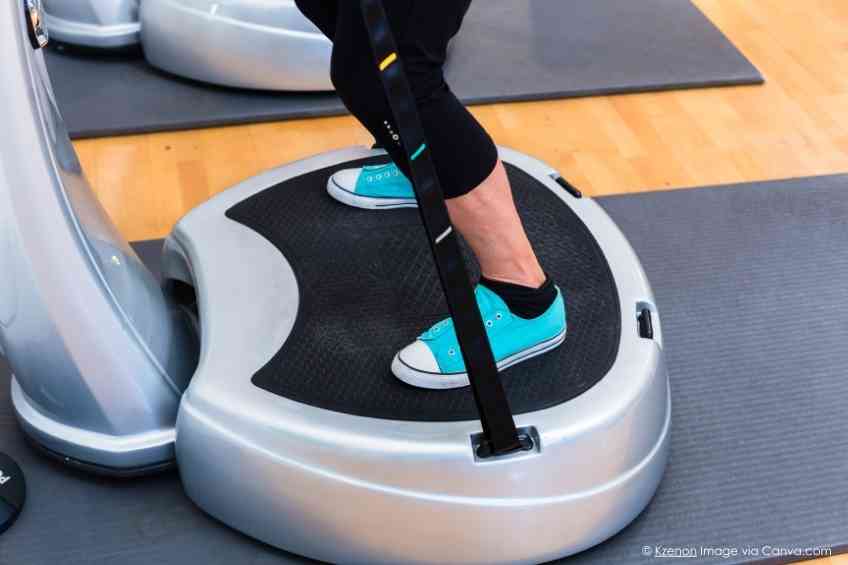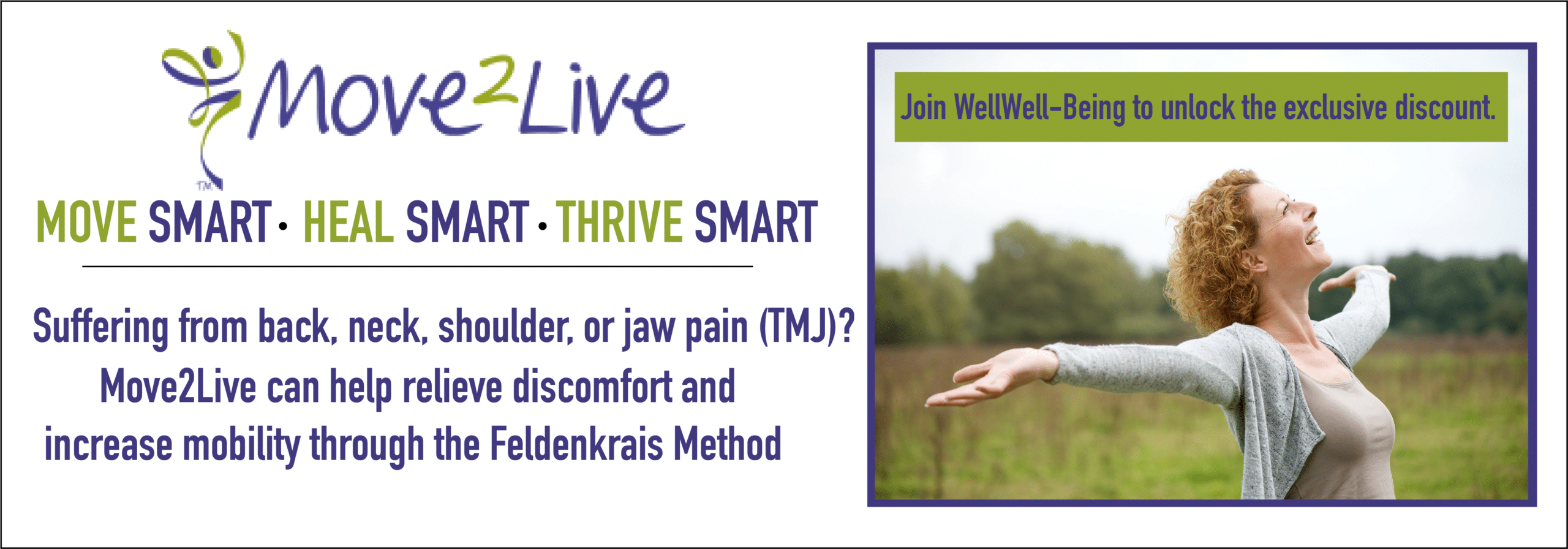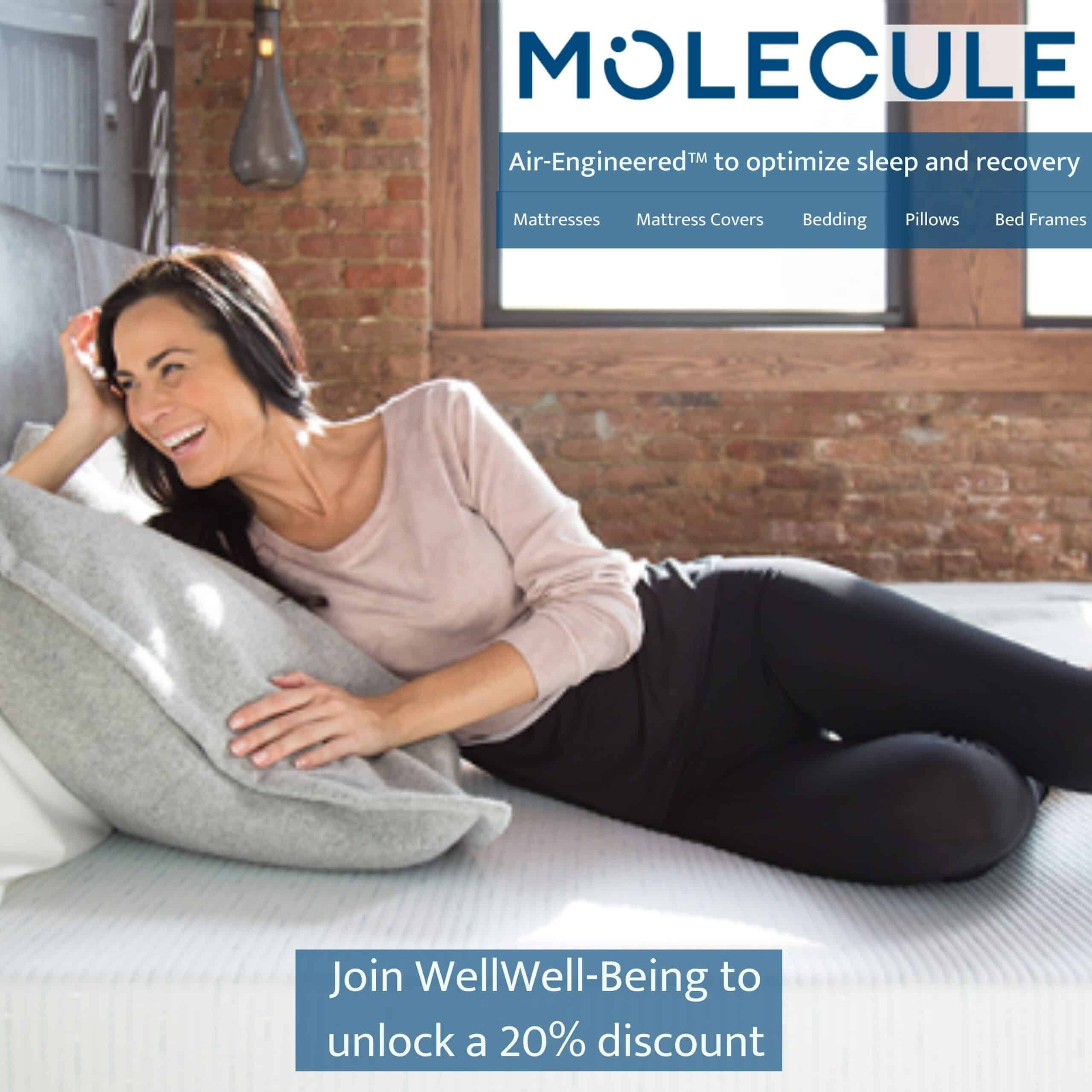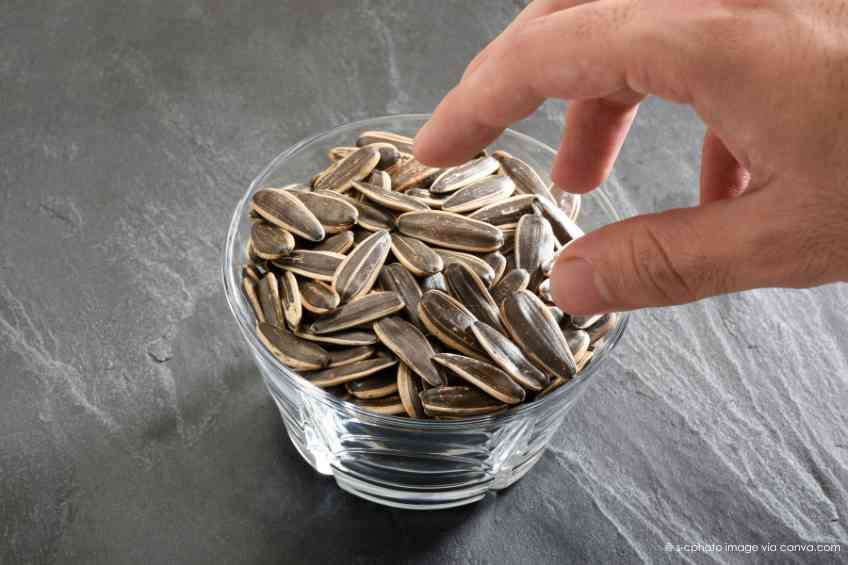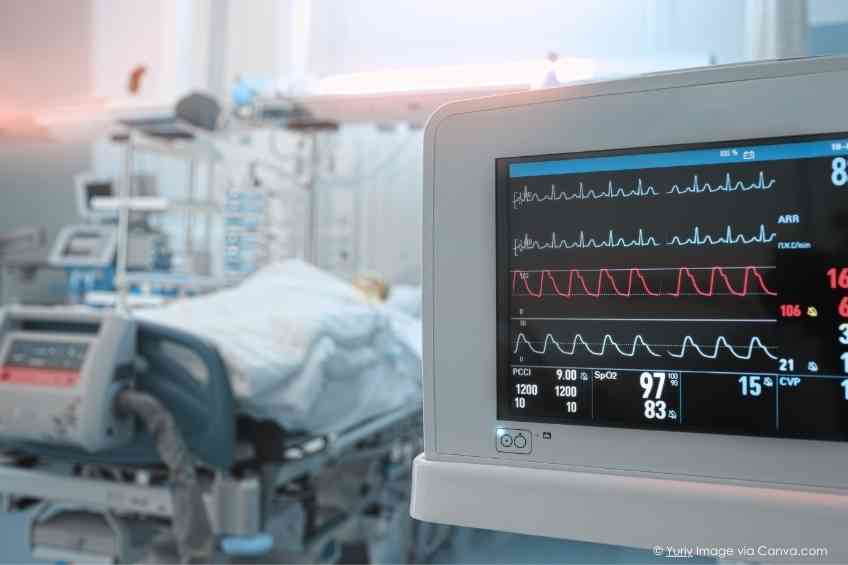The Skinny:
Vibing isn’t new but it is hot. It’s a trendy descendant of the vibrating exercise belts and couches that offered “ladylike” passive exercise from the 1940s to 1960s. Today’s vibe is a bit different. It involves whole-body platforms whose vibrations put the body slightly out of balance, causing rapid muscle contractions and increasing muscle engagement. Doing resistance work and exercises (e.g., planks, squats, military presses, alternate shoulder touches or pelvic tilts with biceps curls) while vibing forces muscles to work even harder. Adjustable or programmable vibration frequencies typically go from 20-60 times a second and vibration amplitude/magnitude goes up to one or more millimeters. They’re typically found in spas or gyms and are also sold for personal use. But what benefits exactly does vibing claim to provide and does it deliver? It’s uncertain—vibing has shaky results, and any benefits may only come for a select group. Read on.
The Slate:
The Promise
Vibrating pads claim to improve strength, blood circulation and lymph drainage, bone density and muscle development, lowering hypertension, reducing back pain, aiding in weight loss and cardiovascular health, sports performance, reactions and balance and recovery. The shakes reputedly even improve mental health and tighten skin. Whether these promises hold up is uncertain. Research to date is limited and sporadic at best.
Muscle Maker
Olympic Spine and Sports Therapy suggests that muscle contractions elicited by the plates’ rapid vibrations improve muscle strength, evoke coordination and balance responses and stimulate circulation. Rapid muscular contractions also increase blood and lymph circulation and enhance nutrient and waste transport. Receptor stimulation improves neural function and viability. The vibrations stimulate the osteoblast cells that make and replace bone.
Impact Limited
A German research group cools the take on muscle benefits, reporting active and fit folks won’t notice much effect. It claims that the recommended thrice-weekly 15-minute regimen for vibration pads is not any more effective for calorie burning and cardiovascular health than equal time spent cycling, swimming or briskly walking. But the group admits vibing beats no exercise at all and helps ward off muscle atrophy for extremely sedentary folks like rehab patients, the obese and the elderly.
Shakes Away Fat?
By itself, vibing may not cause weight loss, but a 2021 meta-analysis concluded that adding whole-body vibration therapy to a conventional diet and exercise had a statistically significant effect fat loss in overweight and obese subjects.
Pain Management
Prolonged daily exposure to industrial vibrations (think jackhammer) can cause peripheral neuropathy. Vibrating plates might help treat this disease by activating neural receptors and re-establishing appropriate function and viability. A 2020 study also noted that whole body vibration significantly reduced the chronic pain associated with hard-to-treat diabetic peripheral neuropathy, with effects lasting beyond the day of treatment. The related research was admittedly limited in scope.
Aids Lymph Issues
An unreplicated study using only 30 participants reported that adding vibration therapy to manual lymph drainage massage significantly reduced lipedema. The former president of the International Society of Lymphology wasn’t convinced, “There is no convincing evidence that vibration plates alleviate lymphedema or lipedema,” he reported. More research is needed.
Other Worldly Effects
Astronauts apparently buy into vibing. They use vibration plates to keep fit, maintain muscle tone and physical conditioning while spending long times in zero gravity. The Royal Osteoporosis Society reports that using a vibration plate for 10 to 20 minutes each day helped astronauts avoid the month one to two percent bone loss that normally occurs in a space station. It is unclear whether this treatment helps on earth, especially for postmenopausal bone density.
Limits & Warnings
Lifepro Vibration Plates, an industry leader, warns against their use by those with cardiovascular conditions like heart diseases, stroke or heart attack history, pacemakers and blood clotting disorders. Vibing also could slow recovery from muscle or bone injuries, dislodge stitches or medical implants like pacemakers and loosen blood clots and kidney stones. Separately, others note that vibing doesn’t do much for normal fit and healthy folks. It helps prevent muscle atrophy when other exercise isn’t feasible, stimulates nerves in those with peripheral neuropathy, and maintains astronauts’ fitness and bone quality in zero gravity. It’s a useful adjunct to exercise for seniors, dieting for the overweight and may assist massage for lipedema. Its impacts, however, are limited for those already fit.
Eyes Up:
Are you into vibing? Tell us why at info@wellwellusa.com.

